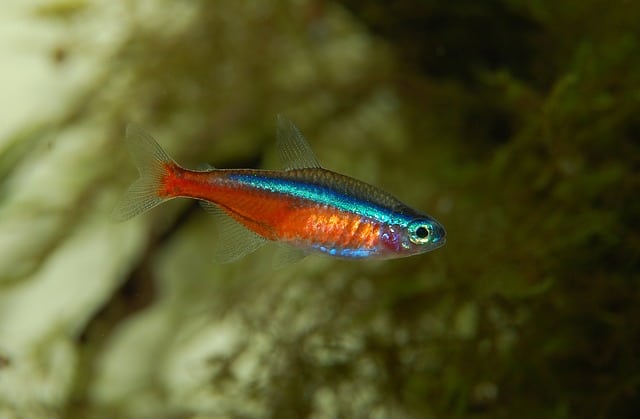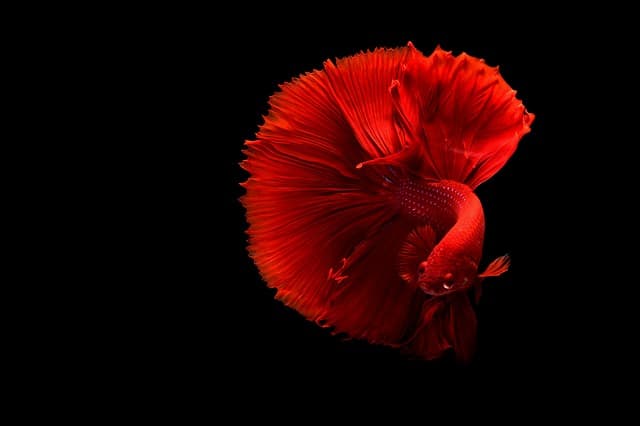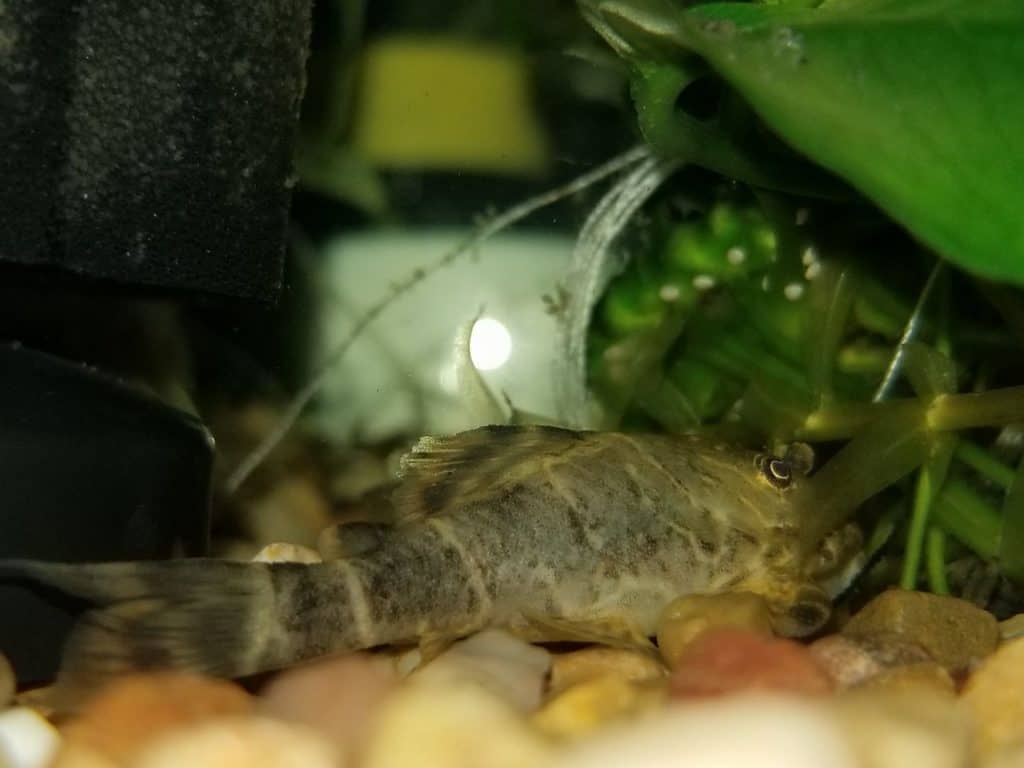Rams are a species of freshwater cichlid fish and quite popular in the aquarist trade. Unlike most cichlids, rams tend to be smaller, more peaceful, and generally easier to care for. German blues and Bolivians are two of the most common types but what’s the difference between them?
When comparing German blue rams and Bolivian rams, Bolivians are hardier and lower maintenance. They’re also bigger, calmer, and easier to breed in captivity. German blues are more colorful and more active. They’re also more sensitive to changes in water conditions, harder to breed, and pickier eaters.
Now that you know the main differences between German blue rams and Bolivian rams, let’s learn more about these two fascinating fish. Together we’ll discover how they compare in size, appearance, and temperament. We’ll also learn what each requires in terms of tank size and setup, what fish make the best tankmates, and how to successfully breed each in captivity.
So, if you’re ready to learn about the differentiation of German blue rams and Bolivian rams, then let’s get started!
What is the German Blue Ram?
German blue rams are a type of dwarf cichlid and originate in South America. They dwell in the shallow waters of the Orinoco River in Venezuela and prefer areas with sandy bottoms and rich vegetation. Vibrantly colored and active by nature, they can reach lengths of 3 inches and typically live up to 4 years.
What is the Bolivian Ram?
Bolivian rams are a species of dwarf cichlid found naturally in South America. Endemic to the Amazon River basin in Brazil, they prefer shallow, slow-moving waters with soft, muddy bottoms and ample vegetation. Colorful and peaceful in temperament, they can grow to 4 inches long and live up to 6 years.
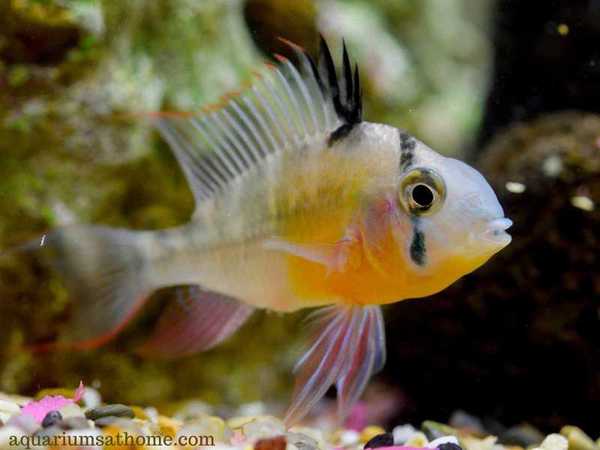
What is the Difference in Size Between German Blue Rams and Bolivian Rams?
German blue rams tend to be smaller in size than Bolivian rams. German blues typically reach full-grown lengths of 3 inches whereas Bolivians can grow up to 4 inches. German blue males are often larger and more colorful than females. Male Bolivian rams are also usually bigger than their female counterparts.
What is the Difference in Color Between German Blue Rams and Bolivian Rams?
German blue rams are more vibrant in color than Bolivian rams. German blues range in color from yellow to orange to pink with bright blue and/or green markings and black dots. Bolivians, on the other hand, vary from faint brown to grey or silver with shades of yellow or orange and black striping.
What is the Difference in Tank Size/Setup Between German Blue Rams and Bolivian Rams?
The best tank setup for Bolivian rams is one that replicates their natural habitat as closely as possible. Since they originate in colder areas of the Amazon River, they can sustain fluctuations in temperature better than German blue rams. A range of 73- to 78- degrees F and pH between 6.5 and 7.5 is best.
Since Bolivian rams grow to 4 inches, they need a fair-sized tank, depending on how many you keep. A 20-gallon aquarium is the minimum for a single fish and add 10 gallons for each additional fish. Best housed in groups of 3 (1 male and 2 females), you’ll need a 55-gallon tank, but bigger is always better.
German blue rams are highly sensitive to changes in water conditions, much more so than Bolivian rams. They dwell naturally in the warmer waters of the Orinoco River and therefore require a heated tank with a temperature ranging from 78- to 83-degrees F. The pH should be stable and between 6.5 and 7.5.
Since German blue rams are smaller than Bolivian rams, you can keep them in a slightly smaller tank. A couple can live in a 20-gallon aquarium but be sure to add 10-gallons for each extra fish. If you intend to keep multiple pairs, then you’ll need a large enough tank for each couple to claim their own territory.
Both Bolivian rams and German blue rams need a heater, filter, and a LED aquarium light in their tank. A low-flow filter is best since both species prefer a mild current and plenty of open space for swimming. Soft, sandy substrate is recommended as well as driftwood, rocks, and plants to act as hiding places.
What is the Difference in Care Between German Blue Rams and Bolivian Rams?
Caring for German blue rams and Bolivian rams is essentially the same. Both are omnivorous and thrive on a diet of plant- and meat-based foods. Dried flakes and sinking pellets, freeze-dried bloodworms, and frozen brine or mysis shrimp are all good choices. They’ll also pick at algae growing naturally in the tank.
Maintaining a clean, safe aquatic environment is vital to the health and longevity of both fish. Testing the water parameters regularly and doing weekly partial water changes is encouraged. Though Bolivian rams tend to be hardier and more tolerant, that doesn’t mean you can ‘slack’ on tank maintenance.
Keeping both species with gentle, peaceful fish is recommended. Neither should be housed with more aggressive, fin-nipping fish.
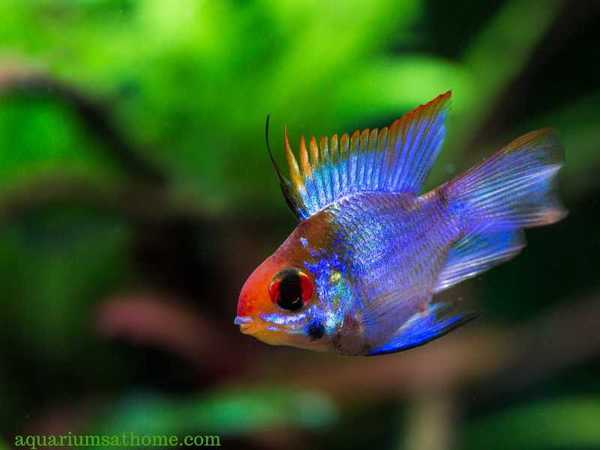
What is the Difference in Breeding Between German Blue Rams and Bolivian Rams?
German blue rams can be difficult to breed in captivity. Begin by purchasing a group of 4 to 6 juveniles and let them grow up together. When they reach sexual maturity, they’ll form mated pairs. Increase the temperature of the tank to 82-degrees F and offer then protein-rich foods.
Bolivian rams are much like German blue rams, yet they seem to breed easier in a captive environment. Start with 4 to 6 juveniles and let them grow up together. They too will pair off naturally once they reach sexual maturity. A tank temperature of 78-degrees F is recommended along with high-protein foods.
Both German blues and Bolivians can be kept with their offspring. They provide bi-parental brood care and work together to guard the eggs. Under the right aquatic circumstances, the eggs will hatch within 2 days. The offspring will become free swimming in 5 days and the parents will continue to care for them.
What is the Difference in Cost Between German Blue Rams and Bolivian Rams?
German blue rams tend to be less expensive to purchase than Bolivian rams. Depending on where you live, the average price for German blues is around $7-8 each whereas Bolivians can fetch up to $10 per specimen. Typically, the bigger the fish, the more they cost.
What is the Difference in Tankmates Between German Blue Rams and Bolivian Rams?
German blue rams are quite calm by cichlid standards and make a great addition to a community tank with other peaceful fish. Best tankmates include other dwarf cichlids, cory catfish, dwarf gourami fish, discus fish, neon tetras, and bottom dwellers such as plecos and clown loaches.
Bolivian rams are even more peaceful than German blues and tend to be shy in a community tank environment. They make great tankmates for other gentle, peaceful fish such as silver dollars, dwarf gourami fish, guppies, platies, and tiger barbs as well as other species of dwarf cichlid fish.
What is the Difference in Disease Susceptibility Between German Blue Rams and Bolivian Rams?
German blue rams are highly sensitive to changes in water parameters and as a result, may suffer from common parasitic infections such as ‘ich’ and skin flukes. Fish tuberculosis, though rare, is also possible and leads to drooping eyes, ulcers, and weight loss. Unfortunately, there’s no cure for this disease.
Bolivian rams, though hardy, are still susceptible to parasitic infections. White spot disease or ‘ich’ is the most common. Raising the temperature of the tank and treating the ailing fish with salt (1 tablespoon per 5 gallons of water) or copper-based medication should do the trick.
Final Thoughts
To conclude, there are many differences between Bolivian rams are German blue rams. Bolivians tend to be hardier and easier to maintain. They’re also bigger, calmer, and easier to breed. German blues are usually more colorful and more active. They’re also more sensitive, harder to breed, and harder to feed.
I hope this article has answered your questions on how German blue rams differ from Bolivian rams. Thanks for reading and good luck with your aquarium hobby.
Recommended Posts
Should German Blue Rams be Kept in Pairs?
How to Bring Out Color in Cichlids
How to Stop Cichlid Aggression?
How to Breed German Blue Ram Cichlids?



